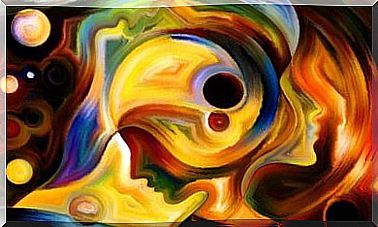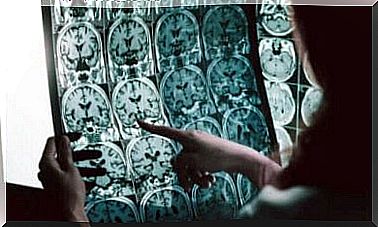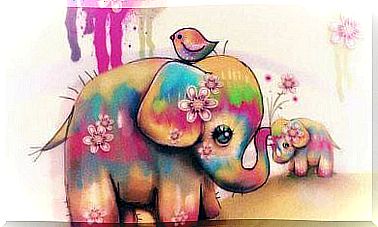Post-traumatic Growth: Learning From Your Pain

When life is sweet, be grateful and celebrate. When it’s sour, be thankful and wax. Being grateful for everything that happens to you, both the good and the bad, is the foundation of wholeness and true happiness. Even the situations that cause pain deserve gratitude because they are the foundation of intellectual, emotional, and spiritual growth.
Pain and bitter experiences are powerful fertilizers of personal growth. Suffering can spark a significant change in you to create a better version of yourself. This is called post-traumatic growth.
What is post-traumatic growth?
In the mid-1990s, psychologists Richard G. Tedeschi and Lawrence G. Calhoun researched post-traumatic growth using the Post-Traumatic Growth Inventory (PTGI). They found that 90% of those who experience a traumatic event – and the pain that comes with it – present at least one indicator of post-traumatic growth.

Tedeschi and Calhoun defined post-traumatic growth as a positive psychological change due to adversity and challenge, with the goal of achieving a higher level of functioning.
Trauma challenges the person’s ability to adapt, understand the world and face pain caused by loss. These circumstances contribute to a deeply meaningful process of personal change.
The five pillars of PTGI are:
- The desire to be open to new opportunities that were not present or did not seem possible before.
- A better sense of connection with others, manifested as an increase in empathy for the suffering of others.
- A greater sense of self-sufficiency, the feeling that if one has overcome this, one can overcome everything.
- An increase in gratitude for life in general, as well as a greater understanding of things that were previously taken for granted.
- A deeper sense of spiritual connection or purpose, which may include a change in or redefinition of one’s belief system.
Causes of post-traumatic growth
Post-traumatic growth occurs when the person tries to adapt to very negative conditions that can generate high anxiety levels.
Growth does not occur as a direct consequence of trauma, but as a result of the struggle after trauma. These effects are crucial in determining the degree of post-traumatic growth.
Some factors are indicative of post-traumatic growth and are associated with greater levels of adjustment after exposure to trauma. Spirituality has been shown to be strongly correlated with post-traumatic growth. In fact, many of the deepest spiritual beliefs are the result of exposure to trauma.
Social support is a well-documented relief for mental illness and stress. With regard to post-traumatic growth, having a high level of pre-exposure to social support is not only related to growth, but there is also neurobiological evidence to support the idea that social support can regulate a potentially pathological response to stress.
It has also been found that the ability to accept situations that cannot be changed is crucial for adaptation. This is a significant indicator of post-traumatic growth.

To summon the superhero inside you
We all know stories of people who have become stronger and found meaning in life after a terrible tragedy. In fact, this is how some of the greatest heroes of reality and fiction have been created.
For example, if you made a list of fictional superheroes, almost everyone would include Superman, Batman and Spiderman. Batman and Spiderman create a crusade against crime when their loved ones are killed. Superman is affected by another type of tragedy, but this character gives us much more to talk about if we take into account the story of the actor who first played him.
Christopher Reeve, who plays in the original film about Superman, was paralyzed from the neck down after an accident on a horse, a tragedy that led him to consider suicide (oh, the irony of life). Reeve called up his inner Superman and, with the same will as his character showed, he became one of the greatest defenders of people with spinal cord injuries.
This is just one example of how a severe limitation, illness or loss can lead to an inner revolution. These tragic events are like earthquakes that throw around all the furniture in your head. But with this new life experience, you can put everything back in place with much more security.









